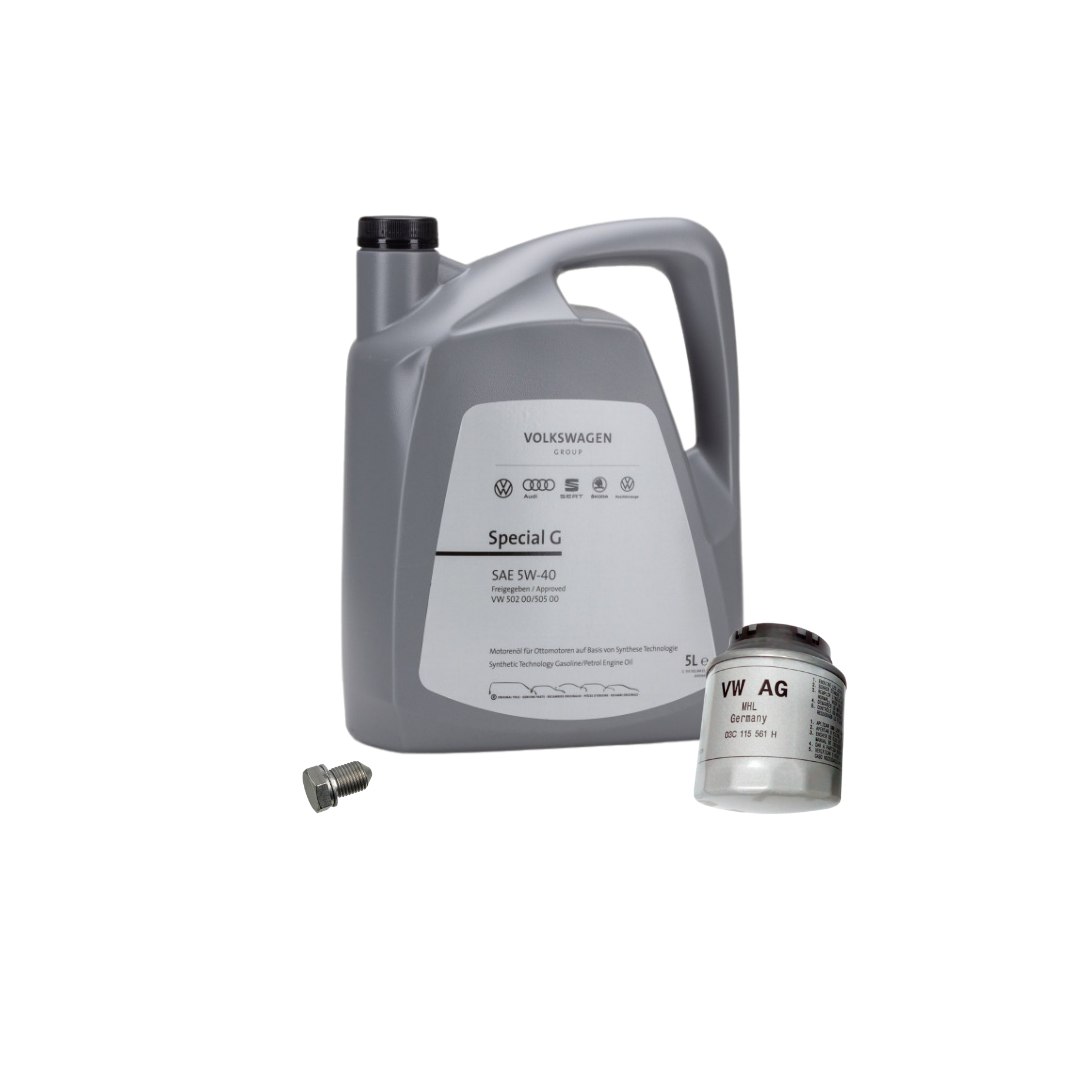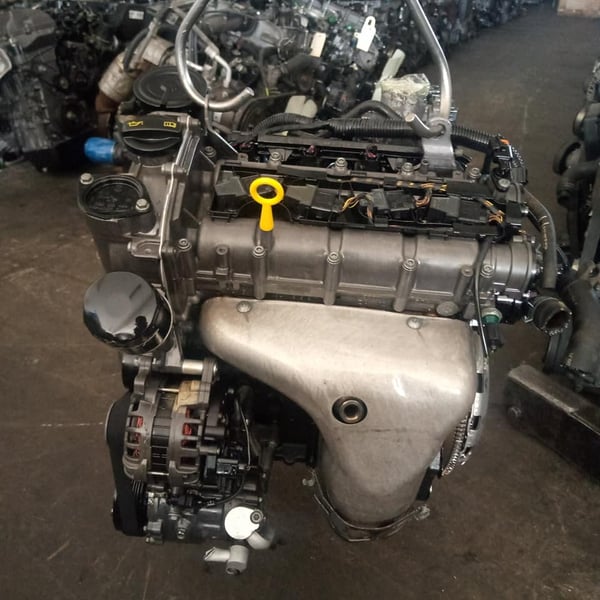Select a cutting-edge clp engine for superior results.
Select a cutting-edge clp engine for superior results.
Blog Article
Exactly How a Clp Engine Can Improve Effectiveness in Various Industries
The development of CLP engines notes a significant shift in functional performance across various industries, driven by their capacity to optimize fuel usage and lessen downtime. As companies significantly prioritize sustainability together with effectiveness, the duty of CLP engines becomes even much more important.
Introduction of CLP Engines
CLP engines, or Constant Liquid Propellant engines, represent a significant advancement in propulsion modern technology, specifically for room applications. These engines use a constant feed system that permits the continual expulsion of propellant, causing enhanced efficiency and efficiency compared to conventional solid or hybrid propulsion systems. By keeping a continuous flow of liquid propellant, CLP engines can achieve extra exact thrust control, which is crucial for steering spacecraft in different mission circumstances.
The style of CLP engines integrates advanced products and innovative gas administration systems. clp engine. This results in lowered weight and boosted reliability, crucial elements for long-duration space goals. The constant procedure reduces the threat of combustion instability, an usual challenge in standard rocket engines.

Advantages in Production
The production of Constant Liquid Propellant (CLP) engines provides a number of noteworthy advantages that enhance both efficiency and cost-effectiveness. One of the key advantages is the streamlined manufacturing procedure, which minimizes the intricacy connected with conventional propulsion systems. By utilizing liquid propellant, suppliers can attain better accuracy in engine efficiency, causing enhanced energy result and minimized waste.
Additionally, CLP engines facilitate a greater level of modularity, allowing for easier assimilation right into different manufacturing lines. This flexibility can dramatically reduce lead times and boost general operational adaptability. Using CLP technology additionally has a tendency to reduce the demand for considerable maintenance due to less relocating components, which equates right into minimized downtime and operational expenses.

Applications in Logistics
Leveraging Continuous Liquid Propellant (CLP) engines in logistics offers significant advantages in operational efficiency and dependability. These engines supply a durable solution for different transportation requirements, enabling the smooth motion of products across vast distances. The inherent layout of CLP engines allows for constant power output, which equates into smoother and a lot more foreseeable transport routines.
One of the essential applications of CLP engines in logistics is in heavy-duty freight transportation, where they can drive both ground and airborne automobiles. Their capability to keep high performance under varying load problems makes sure that shipment timelines are satisfied, thus enhancing consumer contentment. In addition, CLP engines can be incorporated right into automated logistics systems, assisting in real-time tracking and optimizing course preparation.
Furthermore, the durability of CLP engines decreases upkeep downtime, permitting logistics business to maximize their functional capabilities. This is especially valuable in warehousing procedures, where efficiency in taking care of and delivering products is critical. As logistics continues to evolve, the assimilation of CLP engines represents a forward-thinking method that not just improves efficiency yet also sustains the industry's growing needs for reliability and rate.
Effect on Energy Performance
How do Continual Liquid Propellant (CLP) engines enhance power effectiveness in transport? CLP engines utilize a regular flow of liquid gas, optimizing burning procedures and maintaining a steady thrust outcome. This layout minimizes power losses connected with conventional burning engines, where gas shipment can differ and lead to inadequacies.
The continuous procedure of CLP engines permits a more effective thermal cycle, causing higher particular impulse contrasted to standard engines. clp engine. This advice translates to lowered gas consumption for the exact same quantity of job done, considerably reducing functional prices throughout various transportation industries, the original source consisting of aviation and maritime industries
Moreover, the ability of CLP engines to preserve ideal performance under varying load conditions decreases the requirement for regular acceleration and deceleration, even more improving fuel effectiveness. Enhanced energy effectiveness not only adds to cost savings however also brings about lower greenhouse gas discharges, lining up with international sustainability objectives.
Future Trends and Innovations
Emerging advancements in Continuous Liquid Propellant (CLP) engine modern technology promise to transform the landscape of transportation efficiency and sustainability. As industries pivot toward greener choices, CLP engines stand at the center, incorporating ingenious products and design approaches that enhance efficiency while decreasing ecological effect.
One of the most encouraging fads is the adoption of hybrid systems that combine CLP engines with renewable power resources. This synergy can optimize gas usage and decrease emissions, straightening with worldwide sustainability goals. Developments in computational liquid characteristics (CFD) are helping with the style of even more aerodynamically effective engines, leading to decreased drag and boosted fuel performance.
Additionally, the growth of smart monitoring systems is readied to boost operational performances. These systems take advantage of information analytics and IoT innovation to maximize engine performance in real-time, making certain that the engines run within their most efficient criteria.
As study remains to discover alternate propellant solutions-- such as biofuels and synthetic fuels-- the future of CLP engines looks encouraging. By harnessing these technologies, sectors can not only boost their effectiveness yet also contribute dramatically to a cleaner, more sustainable future in transportation.
Verdict
Finally, CLP engines stand for a significant development in performance throughout multiple markets. Their capacity to maximize fuel consumption and reduce operational Get More Info expenses, incorporated with a continuous feed system, enhances power outcome and operational integrity. The assimilation of advanced materials and fewer moving parts lessens upkeep needs, while placement with sustainability objectives positions CLP engines as a critical innovation for the future. Continued advancement in this area guarantees additional enhancements in performance and ecological efficiency.
Report this page